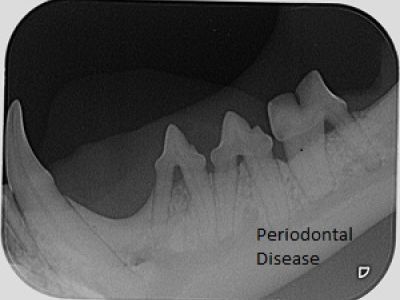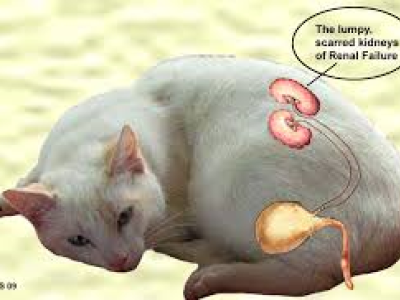Hip Dysplasia

In dogs, hip dysplasia is an abnormal formation of the hip socket that, in its more severe form, can eventually cause crippling lameness and painful arthritis of the joints. Hip Dysplasia is the most common single cause of arthritis in the hips.
Hip dysplasia may be caused by the femur that does not fit correctly into the pelvic socket, or poorly developed muscles in the pelvic area supporting these bones. The joint tries to help itself by producing new cartilage but this is a relatively slow process. The joint gradually degrades due to abnormal wear and tear and it may not be able to support the bodyweight of the animal. This is when the joint becomes inflamed and a cycle of cartilage damage, inflammation and pain commences. This process spirals, in that the more the joint becomes damaged, the less able it is to resist further damage. This breakdown of cartilage results in painful bone-to-bone contact known as osteoarthritis.
Different animals have different pain tolerance and will show different effects. Some will show signs by sitting abnormally while on a walk, refusing to climb, exhibiting an abnormal gait or bunny-hopping to alleviate some pain. Hip dysplasia is more common in larger, pure breed dogs e.g. German Shepherds and Retrievers or very active dogs, but it can occur in any breed. It may be due to genetics, trauma, high levels of repeated activity or accident.
There is no cure for Hip Dysplasia but there are options to alleviate the clinical signs. The aim of treatment is to enhance the quality of life. In all cases there is a need for long term management which will change as the condition deteriorates. The three types of non-surgical intervention are weight control, exercise control and medication. Weight control is the single most important thing we can do to support these dogs. Alleviating the stress of weight on the joints reduces the inflammation and pain. Nutritional support in the form of prescription mobility/joint diets which provide glucosamine and omegas, start to show benefits within two to three weeks. Anti-inflammatories will be needed at a lower dose initially, with a supportive regime necessary, then as the condition worsens regular supportive treatment should be provided.
Osteoarthritis which is a symptom associated with hip dysplasia results in pain and inflammation. The causes are from bone degradation in which the bone is less rigid, cartilage dissipates and the structure of joints becomes weak. Unfortunately, this is a condition we deal with on a regular basis.
All our staff are trained in the management of this painful, ongoing condition. Don’t hesitate in asking for advice for a better quality of life for your pets.


